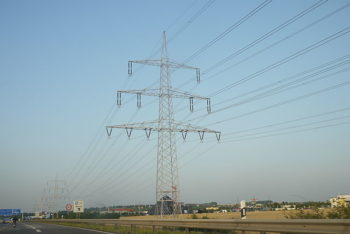Nepal, India set up Energy Banking to utilise surplus electricity

Nepal and India have agreed to set up an ‘Energy Banking’ mechanism in order to help facilitate the exchange of surplus electricity.
The scheme would promote the export of surplus electricity from Nepal to India during the monsoon season and the import of power during the lean winter,
Nepal’s demand for electricity reaches its peak during the summer months, but production slumps to one-third of demand. Likewise, in India demand reaches its peak during the monsoon season and slumps during winter.
Following the agreement, Nepal will export its surplus electricity to India during the monsoon season.
The Nepal Electricity Authority (NEA) stated that in a couple of years, about 4,750 megawatts surplus electricity that would otherwise have remained unused will now be utilised.
With the losses mounting over time, the NEA had stopped signing power purchase agreements (PPA) with the private sector producing electricity. According to a PPA signed by the NEA, almost 2,250-megawatt run-of-the-river (ROR) electricity goes waste during the monsoon season.
The Energy Banking agreement would be initiated from newly- constructed Dhalkebar-Mujaraffpur 400 KVA transmission line. As per the agreement, India has also agreed to provide up to 80-megawatt electricity to Nepal, through setting up a temporary 50 MVA capacity temporary transformer at Tanakpur. India has agreed to set up a new transformer within two months. At present, Nepal is able to import only 30 to 35-megawatt electricity from Tanakpur.
Aiming to make Nepal’s electricity mechanism strong and stable, the Indian side has agreed to extend the capacity of the Raksaul-Parwanipur and Kataiya-Kusaha 132 KV transmission line.
Source: New Kerala
Photo (for illustrative purposes): Electric power transmission line / 123df / Wikipedia/ CC BY-SA 3.0








